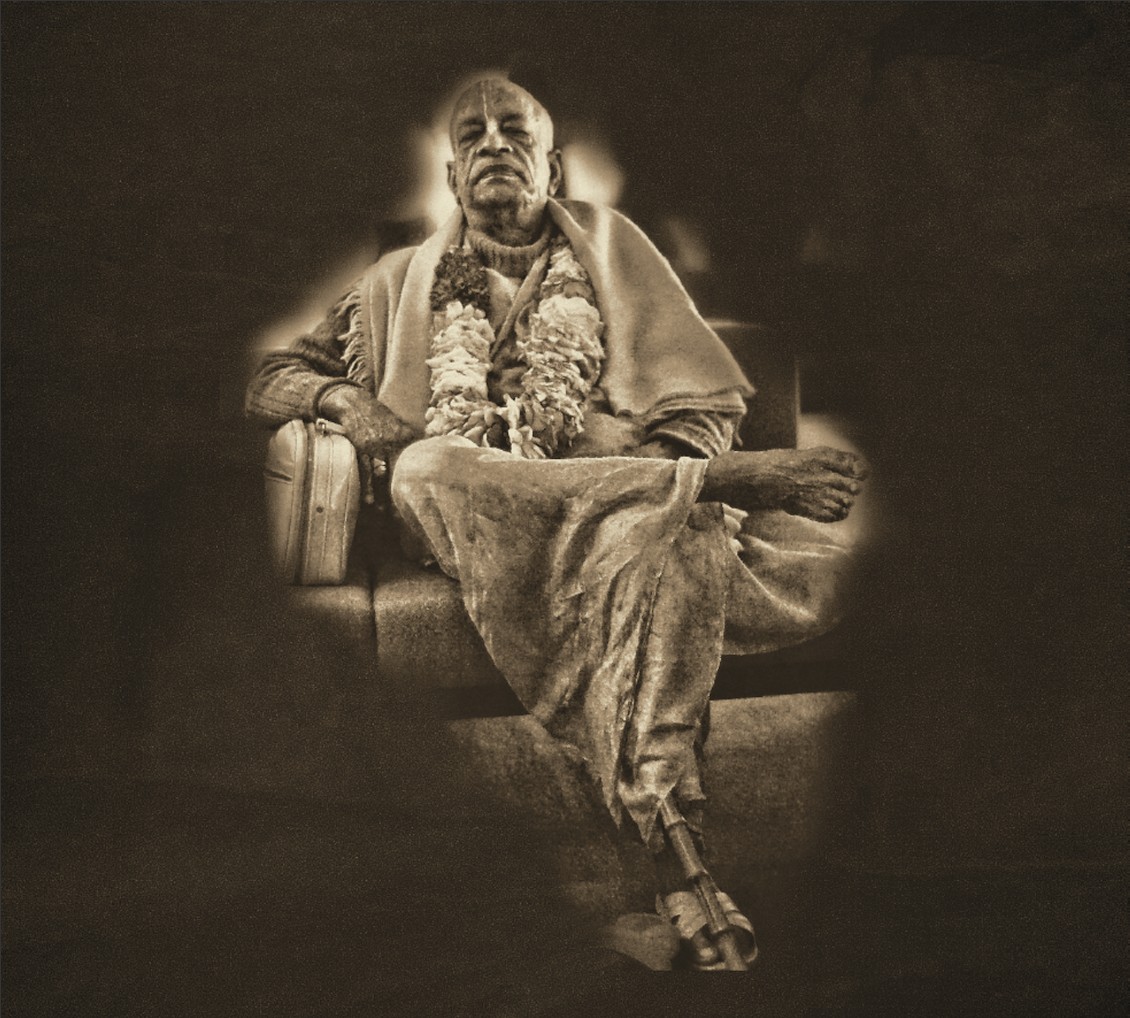The Sublime Essence of the Lotus Feet

By Laurel Fishman
Pervading Eastern philosophy and religion for thousands of years, the lotus is a metaphor for the feet of the gods, saints and other exalted spiritual beings. Figurative language, analogies and mystic descriptions are used in spiritual instruction throughout many teachings.
The lotus is a spiritual symbol in many religions and cultures, and some of its meanings signify spiritual development, creation, purity and rebirth.
The true meaning of the phrase “lotus feet” is transcendental, not readily grasped by intellect alone.
A student or follower in a tradition of higher truth, a disciple of a spiritual teacher, master, saint or guru, or the devotee of a particular deity or lord can express humility, surrender, devotion, deference, dedication and love by worshiping, contemplating or meditating upon the lotus feet of his chosen spiritual teacher, etc. In these ways, communion with the divine is established.
It is said, metaphorically, that the master plants his lotus feet in the heart of the disciple. Sincere spiritual students are encouraged to enshrine God’s lotus feet or enshrine the lotus feet of the master within their heart.
Throughout Eastern scripture and literature, the spiritual student is encouraged to take shelter, or take refuge, of the lotus feet of his teacher, master, deity or lord.
The feet of these holy beings are compared to the lotus, but to nothing else. The softness of the feet of holy beings is considered so unparalleled that it can be compared only to the delicacy of lotus petals. Just as the lotus is soft, sublime, sacred and sweet, so are the lotus feet.
By meditating on the lotus feet, spiritual unfoldment is possible, and to touch the lotus feet is to be blessed. This is often understood to be similar to the transcendental experience of washing, anointing or kissing the feet of Jesus.
This also compares to the understanding that what is part of or what comes in contact with a divine being is blessed or imbued with spiritual potency, such as the hem of his clothing, the chair he sits on or the articles he uses.
In spiritual traditions throughout the East, it is also affirmed that touching the lotus feet releases the spiritual student from negative karmic consequences of living a worldly life devoid of the understanding of higher truth. Similarly, all good, true and pure desires can be fulfilled by sincere reflection on the lotus feet.
Placing the attention on the lotus feet with a reverential attitude can dispel mundane preoccupations of the ego, such as desires born out of vanity, pride and greed. Suffering, affliction, pain, fear and discontent fade away as body and mind become purified through attaching the mind to the lotus feet. The illusion of separation from the divine fades away.
It is believed that upon first glance at the lotus feet, it is possible to perceive — via the senses — fresh lotus blossoms. Even to gaze upon the lotus feet can illumine the soul.
In the act of falling at the lotus feet, touching the lotus feet, gazing upon the lotus feet or surrendering to the lotus feet, the ego can be subdued in favor of a higher state of awareness. The phrase “contacting the lotus feet of a guru” means to connect with a spiritual master to follow his teachings.
It is considered an act of divine grace to be attracted to the lotus feet.
By taking refuge at the master’s lotus feet, the devotee can receive innumerable spiritual benefits, just as he might attain through making pilgrimages, fasting, doing charitable acts, performing austerities and engaging in yogic disciplines.
Sometimes the lotus feet are referred to as “a pool of sacred nectar that grants salvation to the world-weary pilgrims on the path.”
Many Eastern saints maintain that devotion to the lotus feet of a spiritual master produces the experience of divine light and sound, which can be described as drinking the water of life emanating from the lotus feet of the lord.
It is also said that the lotus feet themselves are a pool of the water of life. The sacred form of the lotus feet is believed to be undifferentiated from the entire form of the exalted spiritual being, particularly the radiant form (also known as the light body) of this being, which manifests to the sincere spiritual follower.
In certain Eastern traditions, the lotus feet are also believed to be one and the same thing as the light and sound of the divine, which emanate through the higher planes to manifest here on Earth, perceivable through mystical experience.
The lotus feet are sometimes said to be spiritual wisdom itself, or pure consciousness.
Padma-madhu is the honey collected from the lotus flower. Ayurvedic doctors recommend rubbing padma-madhu in the eyes to cure various eye afflictions. In the same way that impurities in the eyes prevent seeing clearly and cause pain but are healed by padma-madhu, it is said that the guru-pada-padma-madhu (the name for the transcendental honey that flows from the lotus feet of a God-realized guru) can also “cleanse” the disciple’s eyes — removing the darkness of ignorance, restoring a vision of eternal truth and relieving the pain caused by lack of spiritual knowledge.
Padma-madhu, the honey from the lotus flower, is considered a restorer of vitality. In a similar way, transcendental honey coming forth mellifluously from the lotus feet of a God-realized master or holy being provides spiritual sustenance.
(Excerpts from The Sublime Essence of the Lotus Feet by Laurel Fishman)
Comments